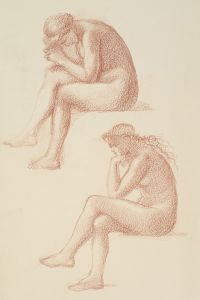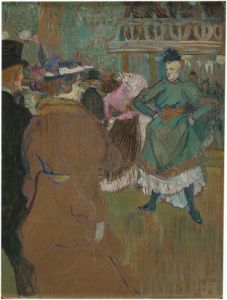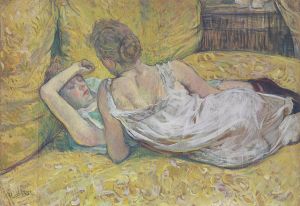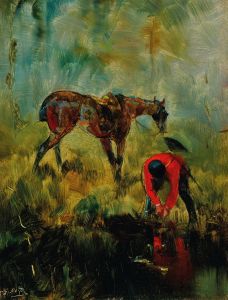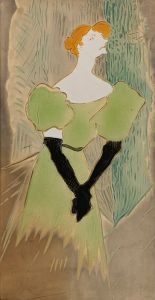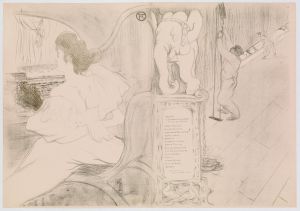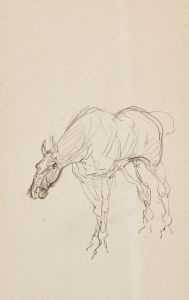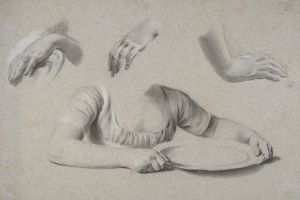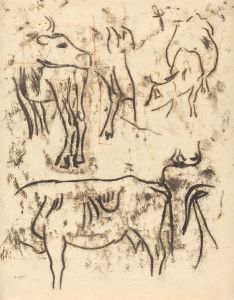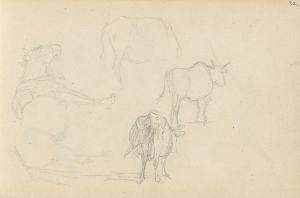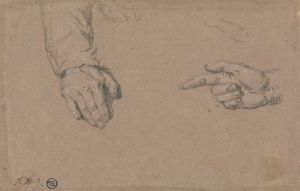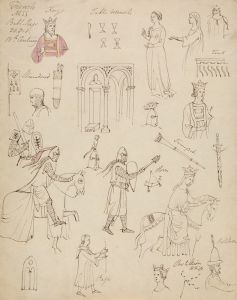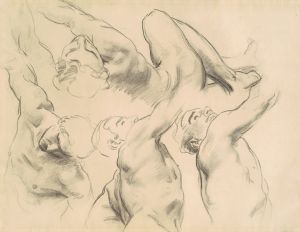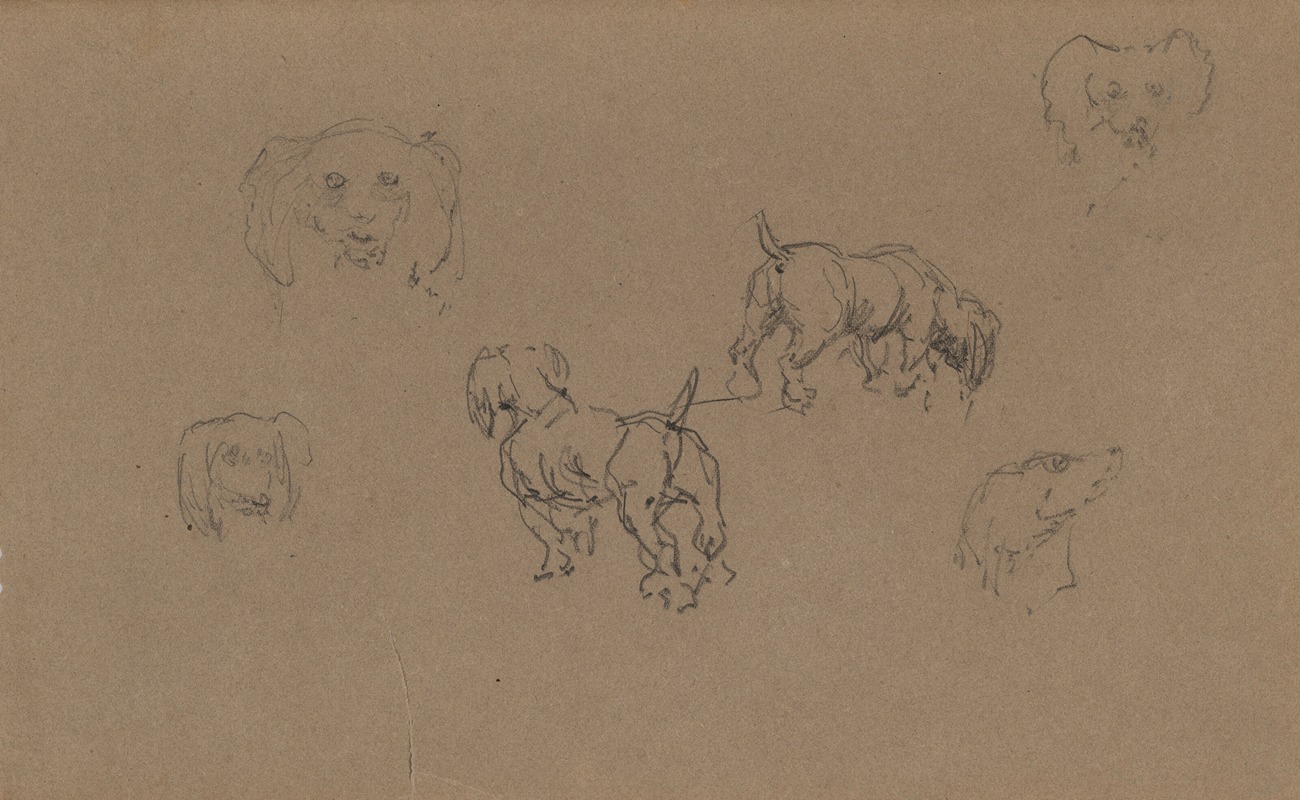
Études de chiens
A hand-painted replica of Henri de Toulouse-Lautrec’s masterpiece Études de chiens, meticulously crafted by professional artists to capture the true essence of the original. Each piece is created with museum-quality canvas and rare mineral pigments, carefully painted by experienced artists with delicate brushstrokes and rich, layered colors to perfectly recreate the texture of the original artwork. Unlike machine-printed reproductions, this hand-painted version brings the painting to life, infused with the artist’s emotions and skill in every stroke. Whether for personal collection or home decoration, it instantly elevates the artistic atmosphere of any space.
Henri de Toulouse-Lautrec, a renowned French painter and illustrator, is celebrated for his vivid portrayals of Parisian nightlife in the late 19th century. Among his diverse body of work is a lesser-known piece titled "Études de chiens" (Studies of Dogs). While this particular work does not enjoy the same level of fame as his depictions of the Moulin Rouge or his portraits of cabaret performers, it provides insight into Lautrec's broader artistic interests and his skill in capturing the essence of his subjects.
"Études de chiens" exemplifies Lautrec's ability to observe and render animals with the same keen eye he applied to human figures. Although specific details about the creation date and the circumstances surrounding this piece are scarce, it is consistent with Lautrec's known practice of sketching and painting animals. Dogs, in particular, were a recurring subject in his work, reflecting both his personal affection for them and their presence in the social environments he frequented.
Lautrec's approach to painting animals, including in "Études de chiens," often involved quick, expressive brushstrokes that conveyed movement and character. This technique allowed him to capture the liveliness and individuality of each dog, much like he did with his human subjects. His ability to depict animals with such vitality and personality suggests a deep understanding and appreciation of their nature.
The piece likely served as a study, a common practice among artists to refine their skills and explore different techniques. Studies such as this one were crucial for Lautrec, who was known for his meticulous attention to detail and his desire to capture the authenticity of his subjects. Through these studies, he honed his ability to convey emotion and narrative, whether through the eyes of a performer or the stance of a dog.
Lautrec's interest in animals can also be linked to his upbringing. Born into an aristocratic family, he was surrounded by animals from a young age, and this familiarity is evident in his work. His aristocratic background, however, did not prevent him from immersing himself in the bohemian lifestyle of Montmartre, where he found inspiration in the vibrant and often gritty aspects of urban life. This duality in his life is reflected in his art, where he seamlessly blended elements of high society with the raw energy of the streets.
While "Études de chiens" may not be as widely recognized as some of Lautrec's other works, it remains an important part of his oeuvre, showcasing his versatility as an artist. It highlights his ability to find beauty and interest in a variety of subjects, extending beyond the human form to include the animal kingdom. This piece, like many of his studies, contributes to our understanding of Lautrec as an artist who was constantly observing, learning, and pushing the boundaries of his craft.
In summary, "Études de chiens" is a testament to Henri de Toulouse-Lautrec's skill in capturing the essence of his subjects, whether human or animal. Through this work, we gain a deeper appreciation for his artistic range and his enduring legacy as a master of observation and expression.





